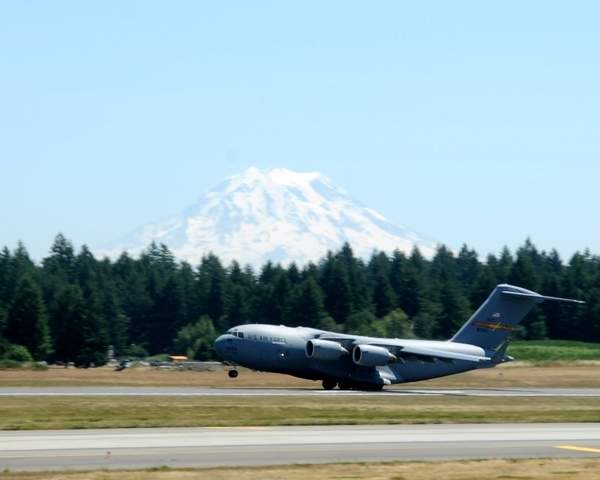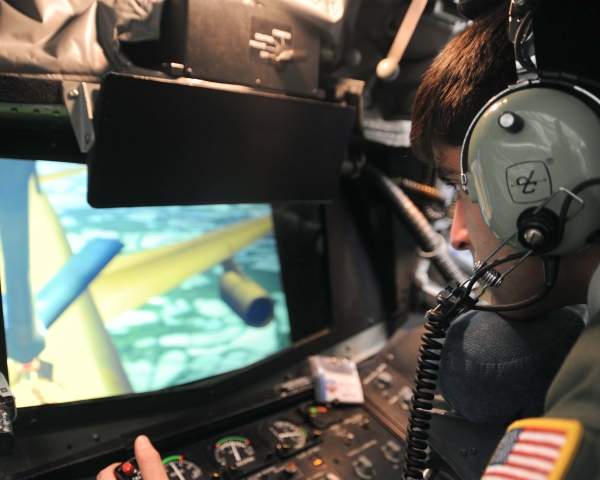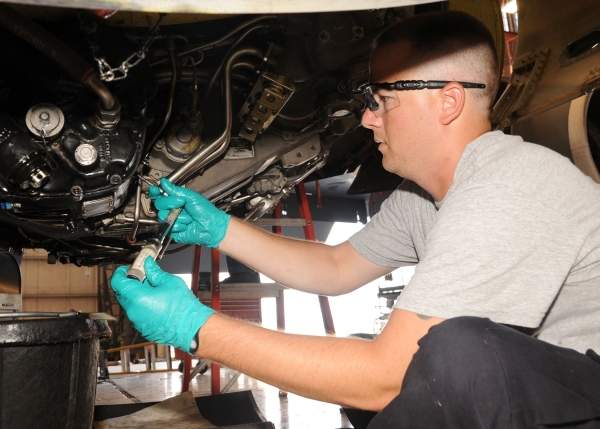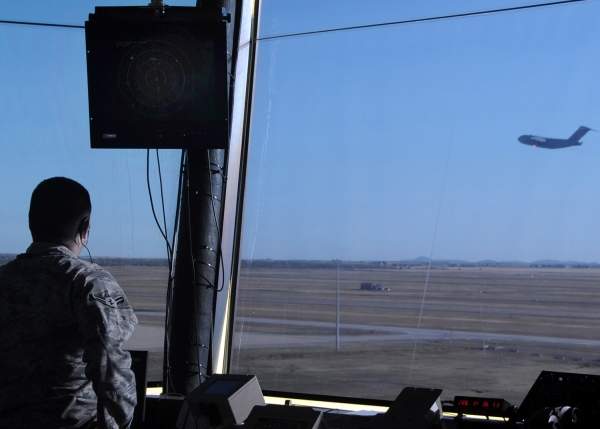Altus Air Force Base (IATA code: LTS) is situated 6.4km northeast of the city of Altus in Oklahoma, the US. The base is owned by the United States Air Force (USAF) and operated by the Air Education and Training Command (AETC).
Around 6,497 personnel reside at the base.
The primary mission of the base is to provide specialised undergraduate pilot training (SUPT) to the USAF aircrew and its allied forces on KC-135 Stratotanker refuelling and C-17 Globemaster III transport aircraft.
Training is offered in academic, simulator and flying phases. The LTS produces combat-ready pilots for deployment in worldwide contingencies.
Varied history of the Atlus air force base
The Altus air force base was built on a 3,500 acre site in June 1942 under the designation Army Airfield Advance Flying School (AAAFS). It became operational in January 1943.
The AAAFS was renamed as the Altus Army Airfield (AAF) in April 1943. The operations at the AAF were temporarily suspended in May 1945. The AAF was renamed as Altus Air Force Base in March 1953.
The outbreak of the Korean War led the USAF to reactivate the base in August 1953, principally for training military personnel on transport aircraft. The tactical air command (TAC) was activated at the base in June 1952. The control of the base was shifted from the TAC to the strategic air command (SAC) in June 1954.
In the 1960s, the mission of the base was transformed to training of KC-97 Stratofreighter, B-52 Flying Fortress bomber and KC-135 Stratotanker refuelling aircraft. In June 1961, 12 Atlas "F" intercontinental ballistic missile sites were opened within a 40 mile radius of the base. Atlas missiles were removed from the national strategic defence plan in April 1965.
The 4th Mobile Communications Group was deployed at the base in August 1966 to offer telecommunication, navigation and air traffic control services worldwide. Another mission was assigned to the base in 1967 to train the aircrew for the C-141 Starlifter and C-5 Galaxy. The military airlift command (MAC) took operational control of the base in July 1968.
The control of base was handed over to the air mobility command (AMC) in October 1992. The base control was finally transferred from the AMC to the AETC in July 1993. The C-141 was retired from USAF service in 2006. The flight training activities of C-5 Galaxy were shifted to the Lackland air force base in July 2007.
Garrison facilities of Oklahoma’s LTS
The LTS serves as headquarters for the 97th Air Mobility Wing (97 AMW) of AETC’s 19th Air Force (19 AF).
The 97 AMW was activated at the base in October 1992. It is organised into four groups, namely the 97th Operations Group, 97th Mission Support Group, 97th Medical Group and 97th Maintenance Group.
The base also hosts the 54th Air Refuelling Squadron, 55th Air Refuelling Squadron, 58th Airlift Squadron and the headquarters of AMC Detachment 2.
Air facilities and runways at the USAF’s base
The base features three runways which can accommodate KC-135R Stratotankers, the C-17 Globemaster III, C-5 Galaxy, C-47 Skytrain, C-45 Expediter, KC-97 Stratofreighter, B-47 Stratojet, B-52 Stratofortress and C-141 Starlifter aircraft.
The first runway is 4,097m long and is paved with concrete. The second runway is 2,744m and the third 1,067m. Both runways are surfaced with asphalt.
In April 2011, a digital airport surveillance radar (DASR) and radar approaching control (RAPCON) system were built at a cost of $7.6m. The RAPCON superseded the 50-year old facility at the base, while the DASR replaced a 1970’s era radar system.
Control tower and other functions
Garver constructed a new air traffic control tower at the base at a cost of $2.8m. The control tower is built on a 54m² floor area.
The LTS offers education, accommodation, temporary lodging, child care and medical care facilities. It features 883 military family housing units, a community centre and three temporary lodging units to accommodate military personnel.
US Defence Sector – Market Opportunity & Entry Strategy, Analyses and Forecasts to 2015
Detailed analysis and forecasts of the US defence market are available from our business information platform Strategic Defence Intelligence. For more information click here or contact us: EMEA: +44 20 7936 6783; Americas: +1 415 439 4914; Asia Pacific: +61 2 9947 9709 or via email.











